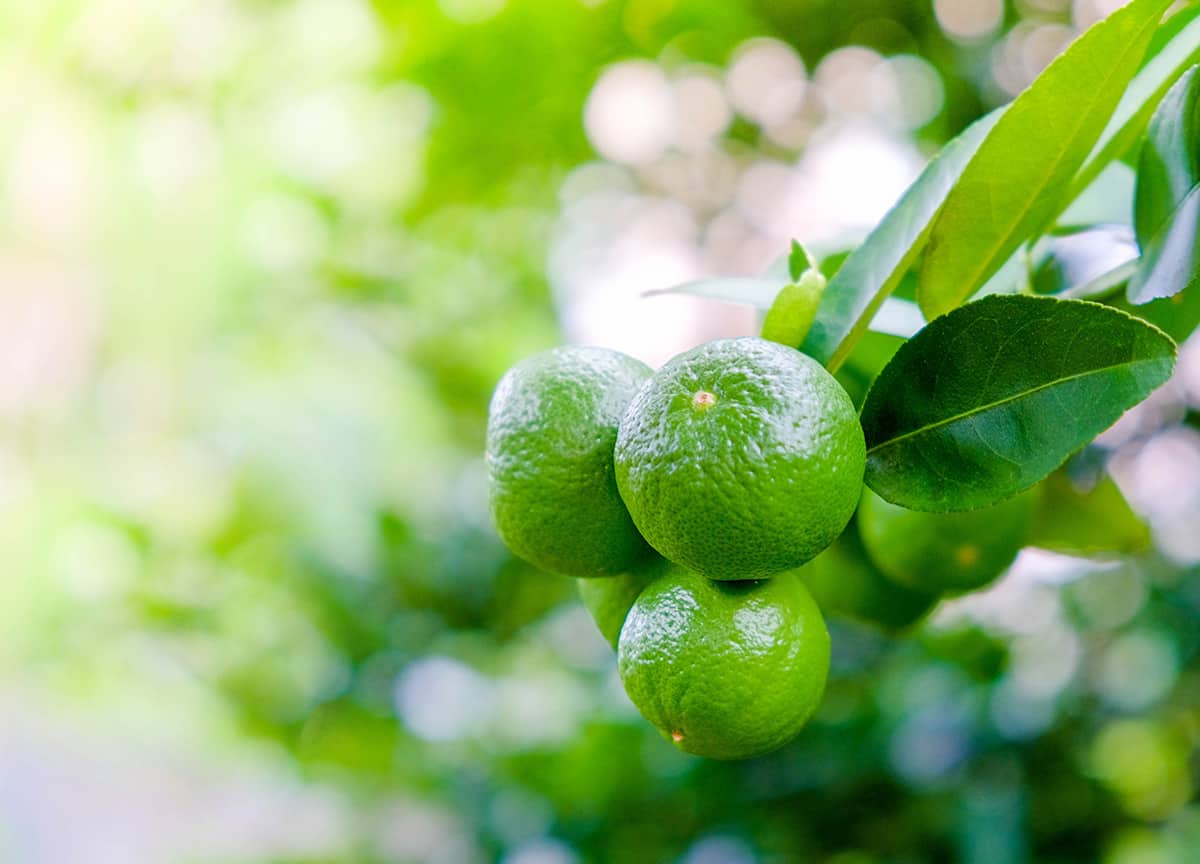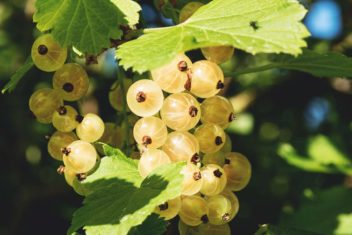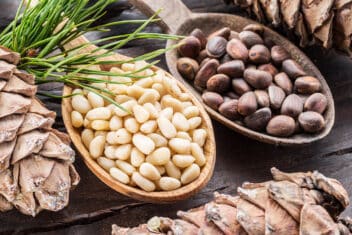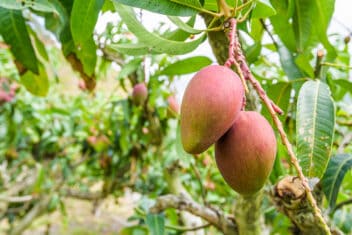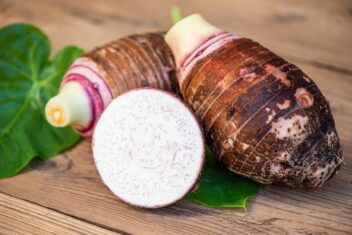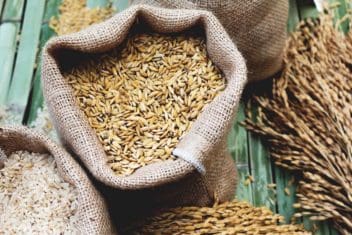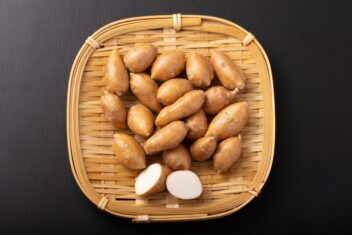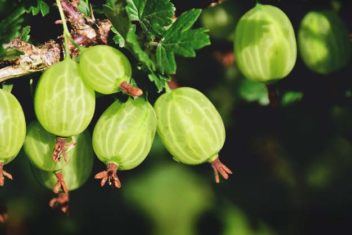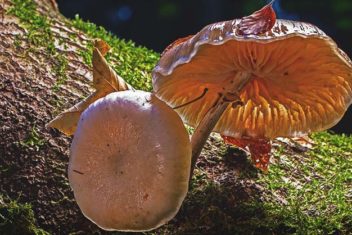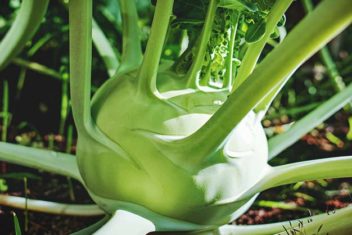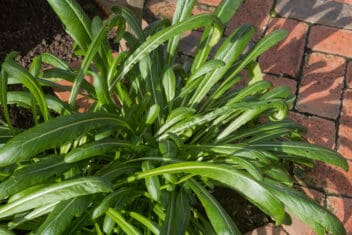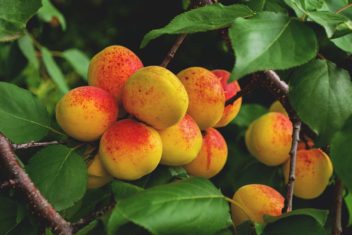Growing limes is simple for those who live in USDA hardiness zones 8-11, so if you live in a warm, subtropical region, you’re in luck.
But with the increasing popularity of container gardening, more people have started growing citrus fruits at home, even those who live in cooler climates down to zone 4.
No matter if you live somewhere that you can grow lime trees outside year-round or where you need to bring them inside, we’re going to look at what you need to know about growing lime trees in your backyard orchard.
Lime Varieties
Limes are a small, shrub-like tree that produces fruit that is smaller than lemons, full of vitamins and citric acid.
If you’re planning to do any type of indoor growing, dwarf trees are your best bet. They typically grow between 8-10 feet tall.
Always make sure to pick a tree from a reputable nursery, especially if they offer a guarantee on their trees. Lime trees tend to be vulnerable when it comes to root diseases, so you want to get started with a clean, healthy tree.
Key Limes
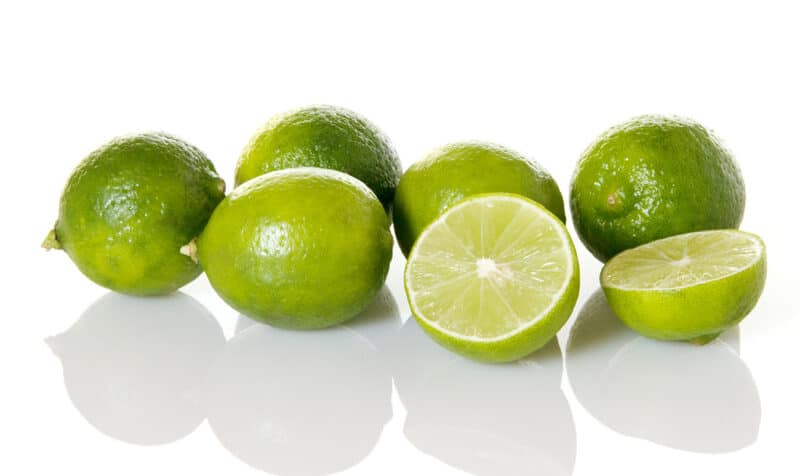
Key limes (Citrus aurantiifolia) are smaller than the standard ones you see in the store. They have slightly yellow-green skin and are intensely juicy.
Also known as Mexican limes, the small trees get grow between 6-13 feet tall. The round fruits get between 1-2 inches in diameter.
Finger Limes
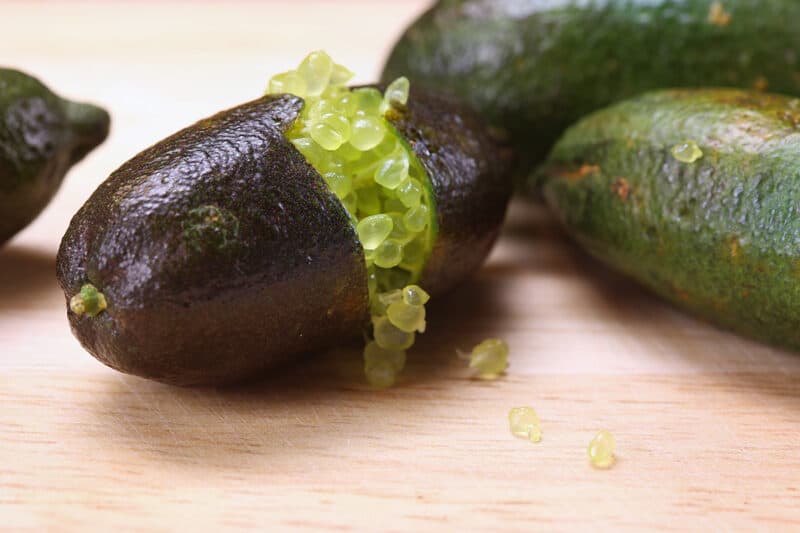
Finger limes (Microcitrus australasica) are unusual, with a cylindrical shape filled with caviar-like pods inside.
Fruits come in green, red, yellow, and pink.
You can get standard varieties, which grow up to 12 feet, or semi-dwarf, which stay around 6 feet with pruning.
The trees can also handle partial shade.
Phillipine Limes
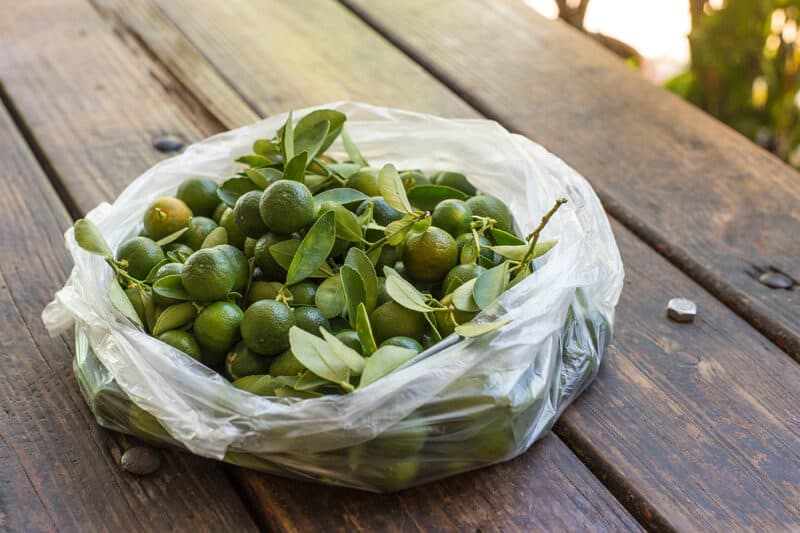
Philippine limes (Citrus microcarpa) stand out from other limes because they have orange flesh. It’s also called calamansi and calamondin.
The fruits stay small, getting only about 1 inch long. The ring is pleasantly sweet, but the flesh can be extremely sour.
The trees make attractive ornamental options in the garden.
Kaffir Limes
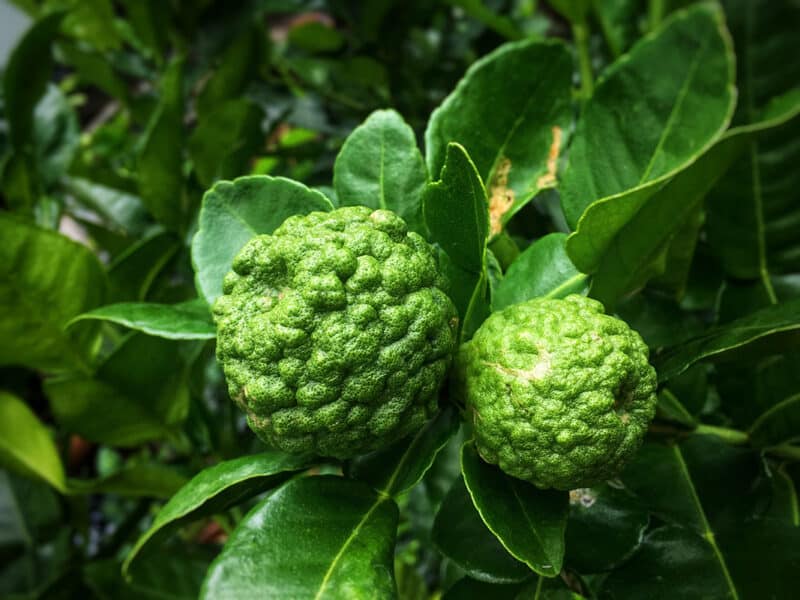
Kaffir limes (Citrus hystrix) have distinctively bumpy skin. The fruits turn slightly yellow as they ripen on the tree and they have an extremely tart flavor.
The limes get about 2 inches wide and have less juice than most other varieties.
Bearss Limes
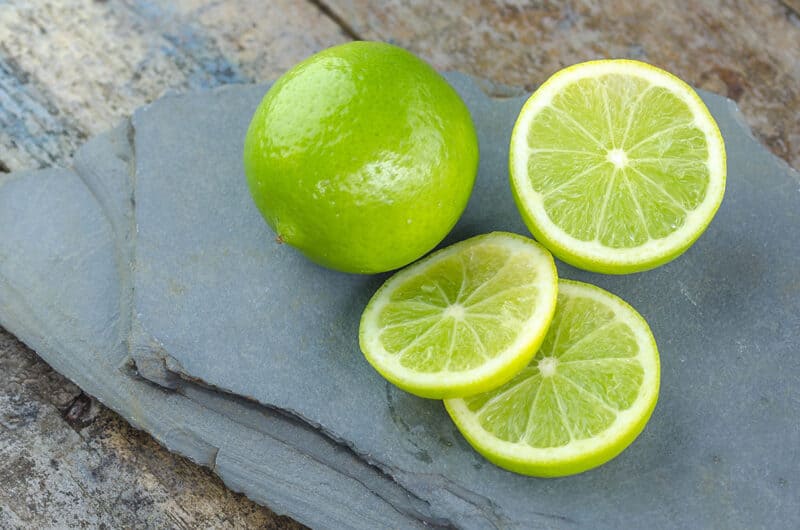
Also known as Persian or Tahitian limes (Citrus latifolia), this is the popular type that you often see in grocery stores.
The fruits get about 2.5 inches in diameter and are oval. They have a longer shelf life thanks to their thick skin and are sweeter than key limes.
You can find both dwarf and standard-sized cultivars, all of them thornless.
Blood Limes
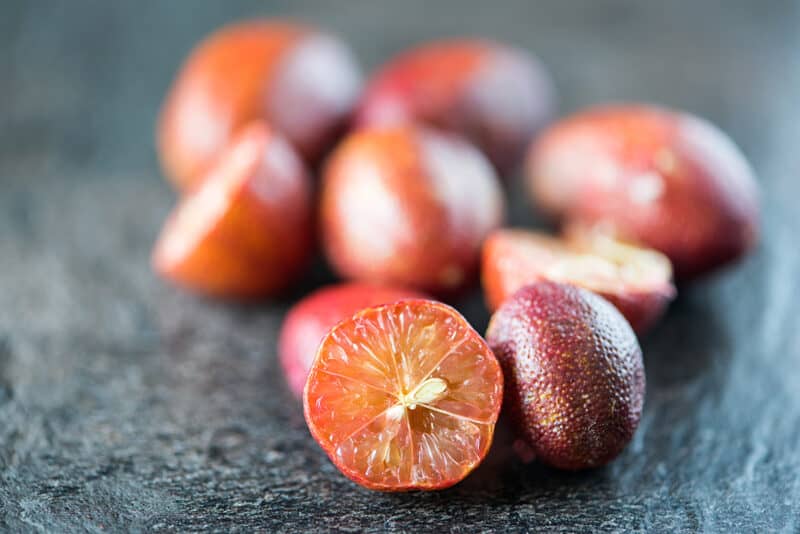
Heard of blood oranges? How about blood limes? They have a tangy flavor and red skin. The oval fruits get about 1.5 inches long.
This is a hybrid cross between finger limes and Ellendale mandarin limes.
Mandarin Limes

Mandarin, or Rangpur limes (Citrus x Limon), are a cross between mandarin oranges and lemons, but are considered closer to limes than either. The orange fruits get 1.5-2.5 inches wide, and you can peel it like an orange.
The trees are thorny and get up to 20 feet tall. It can handle a freeze, unlike most other limes.
Planting Limes in the Garden
Like all citrus trees, lime trees need to be planted in a spot that receives full sunlight. Ideally, look for an option that receives southern exposure.
Lime trees need to have at least 6-8 hours of bright sunlight. During the winter, you may need to supplement the natural sunlight with a grow light
If you’re ready to grow this citrus variety in your orchard or indoors in a container, here’s what you need to know.
The Right Soil for Growing Limes
Lime trees need well-draining, rich soil to grow; this is especially true if you’re growing limes in a container. These plants don’t like salty soil or heavy clay soil.
Make sure your soil has excellent drainage, or you will kill your tree. If it doesn’t drain well the way it is, you’ll need to amend your soil with sand to avoid the possibility of standing water.
Planting From Seeds or Plants
You can either choose to buy a plant from a local nursery or grow the trees from seed. Compared to other citrus fruit trees, starting lime trees from seed is fairly easy.
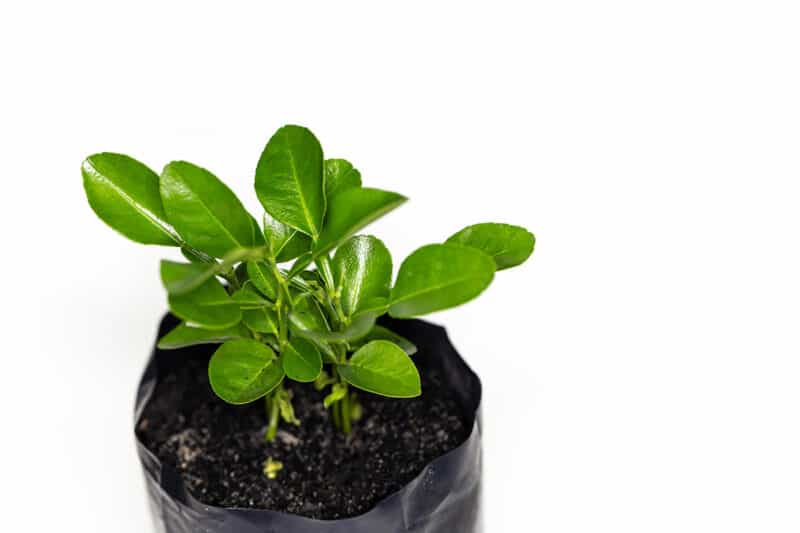
Here’s how to grow the trees from seeds.
- Before planting, make sure you wash the seeds and let them dry for several days.
- You can plant the seed directly into a pot filled with seed starting mix or place it in a plastic bag with a wet paper towel to help the seed germinate.
- The seeds should be planted 1/4 to 1/2 inch deep in a well-draining potting mix.
- Keep the seeds warm to help germination.
If you’re planting an immature tree, dig a hole that’s larger than the root-ball inside of the pot. You should be able to fit the entire pot inside of the hole.
Remove the tree from the container and gently loosen some of the soil from the root-ball, spreading out the roots. Doing so will help the roots establish quickly.
You’ll need to back-fill the hole or container with the soil, but do so firmly, pushing the soil in place around the root-ball. If you don’t pack the soil tight, you’ll leave behind a pocket of air, which could cause the tree to die.
It can help to compact the soil if you water the soil every few inches while you add the soil back into the hole.
Growing Lime Trees in Containers
If you want to grow these trees in pots, make sure you use a plastic, clay, or ceramic pot that is larger than the root-ball of the tree. It needs to have plenty of drainage holes.
The potting soil should be well-draining, sandy; if you can find a potting soil made for citrus trees, do so.
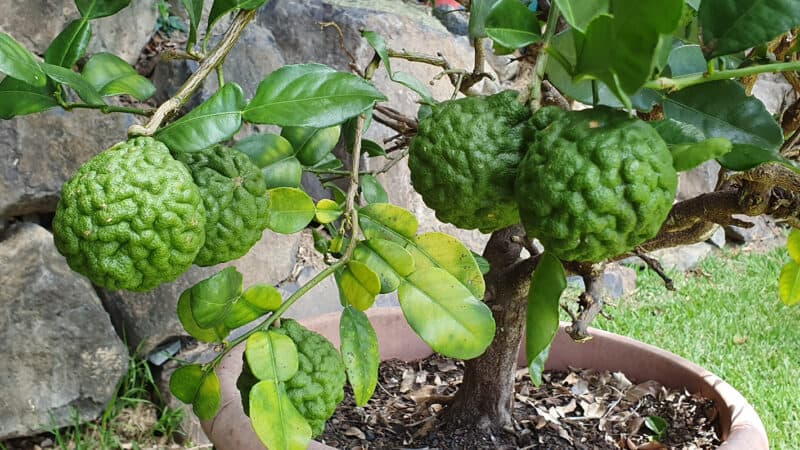
If you want to grow your tree both inside and outside, consider a pot with coasters so that you can wheel it around.
Caring for Lime Trees
Now that your tree is planted, it’s time to learn how to take raise it. You’ll be surprised to see how easy lime trees can be to grow and care for!
Watering Tips
If you want your trees to grow, they need consistent moisture. Plan to water once or twice per week, so long as they’re deep drinks and not shallow watering.
You know that it’s time to water when the soil is dry an inch into the soil. The soil should generally feel like a well-wrung out sponge. Don’t let it dry out; the leaves will start to wilt and drop off of the plant.
On the other hand, over-watering can be just as bad as under-watering. You’ll know that you’re watering too frequently if you have yellowing and cupping leaves that don’t perk up after water.
If that happens to your trees, you need to let the soil dry out before watering again.
Fertilizing the Lime Trees
Lime trees, like all citrus trees, are heavy feeders and they need to be fed every few weeks. Select either a citrus plant food or a slow-release fertilizer that has extra nitrogen.
Take a close look at the nitrogen content; it should be nearly doubled when compared to the potassium and phosphorus levels. An acceptable example would be a 20-10-10 fertilizer.
When you apply the fertilizer, only use a third of the recommended amount each time. Mix it into the first few inches of soil and water deeply.
Prune When Needed
Observe your tree; the suckers grow below the graft union. These are rootstock shoots and won’t produce the fruits you desire. It’s best if you cut off these new shoots with a pruner.
You also can cut off the thorns from the branches; this won’t hurt your tree. Instead, it makes harvesting easier; your arms won’t be scratched up when you’re picking fruit.
Protect From The Cold
Most lime trees, along with many citrus fruits, need air temperatures that are over 50°F. While it’s best if you grow them in a location that never dips that low, cold spells happen everywhere.
As we’ve said, one option is to plant the trees in containers, allowing you to bring the trees indoors when winter arrives. If you opt to do this, you can truly grow limes anywhere. All you need is a sunny, south-facing window.
For trees outside, put a strand of incandescent lights in the canopy of the tree, and cover the tree with a large, frost-protecting blanket. Leave the lights on during the cold spells.
Common Pests & Diseases That Infect Lime Trees
Lime trees are susceptible to a range of diseases and pests. Here are a few of the most common.
Citrus Canker
This is a highly contagious bacterial infection that prefers citrus trees. It causes yellow halo-like lesions or scabs on the fruit, twig, and leaves. If there is a severe infection, it can lead to leaf loss, fruit drop, and die back.
You can use a variety of sprays, such as liquid copper fungicide, to protect your trees. Once you spot it, however, the trees need to be destroyed or the bacteria will quickly spread.
Sooty Mold
This is a fungus that leads to the blackening of the leaves on citrus trees. It’s a mold that forms on the leaves due to the sweet secretions from insects, such as whiteflies or aphids.
The best way to avoid sooty mold is to take care of any pest problem you might have. At the same time, wipe away any mold using a mix of 1:10 of dish soap and water.
Greasy Spot
Greasy spot is a fungal disease that takes over citrus trees. You’ll know it’s your problem when you find yellowish-brownish blister spots on the leaves, typically on the underside. The blisters tend to have an oily look.
To take care of this disease, remove any fallen leaves to reduce new spores. Spray your trees with liquid copper fungicide in early summer, and add another application in late summer or early fall.
Citrus Whitefly
This is a tiny, white-winged insect that is typically found on the underside of the tree’s leave. If you shake the trees and see a bunch of tiny insects fly out, you more than likely have whiteflies. They’re extremely common.
The best way to effectively control citrus whiteflies is by spraying plants with a blast of water and using an insecticidal soap or neem oil.
The best time to take care of the situation is before the population reaches adulthood; it’s harder to control at that point. Watch for your plant having reduced vigor or drooping leaves.
Citrus Thrips
If your tree is infected with citrus thrips, you’ll find shriveled, wilted leaf buds and curled leaves with a silvery-grey color. The fruit might be streaked or scabbed.
Citrus thrips are small orange or pale yellow insects that are most noticeable during hot, dry weather. You’ll need to spray your tree with a garden insect spray and apply a second application 14-21 days to ensure all are gone.
Brown Soft Scale
Soft scale insects are small, non-mobile insects that love to cause problems on citrus trees. They attach themselves to the wood, foliage, and fruit, but they prefer new, tender wood growth.
Most people think that scale is a disease, not a pest, because once they latch on they don’t move.
Scale insects suck sap from trees, causing the leaves to turn yellow and drop off of the tree. They also leave behind a sticky substance called honeydew, which attracts ants or leads to sooty mold.
To control these insects, spray horticultural oil over the tree which will suffocate the pests and eggs.
Harvesting and Using Limes
You might not realize this, but most limes turn yellow when ripe. No, that doesn’t make them lemons. Limes sold in the stores are marketed as a green fruit; they’re picked from the tree when the skin is still green.
Why?
Even though a yellow rind indicates ripeness, the flavor is better when the fruit is green with just a hint of yellow.
That can make harvesting a bit confusing. Unlike other fruits, limes need to be harvest before ripening while they’re still green. Try twisting one from the stem of the lime tree and cut it open. If the fruit is juicy inside, it’s time to harvest. If not, you need to wait a few more days.
When you find limes that have a wrinkled appearance, it means that they’ve been on the tree too long.
Limes are far more versatile than just their zest and juice. You can eat the rind of all limes. Try pickling limes; they’re delicious in a variety of recipes or just on their own.
Use the fruits to make a lime marmalade or some tasty miang kham, which utilizes the whole fruit.
